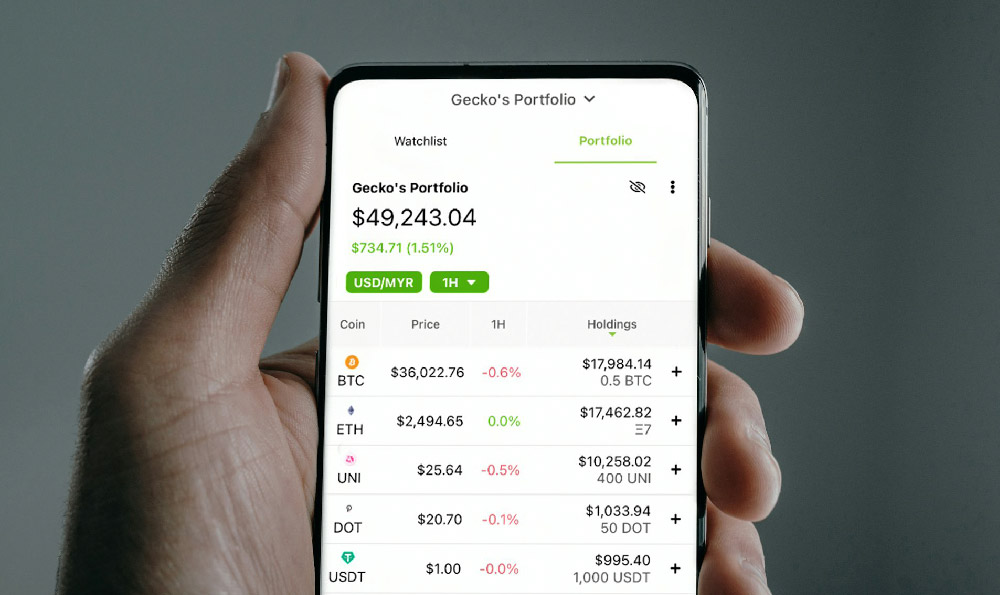TikTok has become one of the most influential platforms in the digital age, with over 2 billion monthly active users worldwide. Its short-form video format has not only transformed how people consume content but also opened up new opportunities for creators to monetize their work. While the app is primarily known for entertainment, there are multiple pathways through which individuals can generate income, each requiring a strategic approach and consistent effort. Whether you're an aspiring influencer, a content creator, or someone looking to explore alternative revenue streams, understanding these methods can help you navigate the dynamic world of TikTok monetization effectively.
The platform’s revenue model is multifaceted, offering a range of options that cater to different types of content and audience engagement. One of the most direct ways to earn money is through TikTok’s official monetization programs, such as the Creator Fund and branded partnerships. The Creator Fund, for instance, allows eligible creators to earn money based on the number of views their videos receive, with payments determined by TikTok’s algorithm and the engagement metrics of specific content. This model is particularly attractive for those who produce high-quality, engaging videos consistently, as it rewards creators with a share of the platform’s advertising revenue. However, the eligibility criteria for the Creator Fund often require a certain level of audience growth, content diversity, and adherence to TikTok’s community guidelines, which can be a challenge for new users.
Branded partnerships present another lucrative opportunity, especially for creators with a substantial following. Brands frequently collaborate with TikTok creators for sponsored content, product placements, or affiliate marketing, offering payment in exchange for promoting their offerings to a targeted audience. The key to success in this area lies in building a loyal and engaged fan base, as brands are more likely to invest in creators who can drive meaningful interactions and conversions. Additionally, creators can leverage their influence to form long-term partnerships, such as becoming brand ambassadors or influencers for specific products. These relationships often require a balance of authenticity and professionalism, ensuring that the content remains genuine while meeting brand expectations.

Beyond direct monetization, TikTok also facilitates indirect income generation through various ancillary channels. For example, creators can utilize the platform as a hub for promoting their own businesses or products, redirecting traffic to external websites or online stores. This method is particularly effective for e-commerce entrepreneurs, as TikTok’s shopping features and integrated commerce tools allow users to purchase products directly within the app. Additionally, some creators monetize their content through a combination of freelance work and content creation, offering services such as video editing, scriptwriting, or brand consulting alongside their TikTok activities.
Another approach is to tap into the potential of TikTok’s takeover feature, which allows users to access content from other accounts without following them. This can be valuable for creators who want to expand their reach and gain exposure to new audiences. Additionally, creators can engage in microtransactions, such as selling branded merchandise, offering custom content, or providing exclusive access to their followers. These methods require a deep understanding of audience preferences and a clear value proposition to justify the transaction.
While the opportunity to earn money on TikTok is exciting, creators must also navigate the risks associated with this platform. The fast-paced nature of TikTok content means that trends can change rapidly, and sustained success often depends on the ability to adapt and innovate. Additionally, creators should be mindful of the platform’s content policies, as violations can result in account restrictions or loss of monetization eligibility. It is also important to consider the potential for burnout, as maintaining a high level of content creation and audience engagement can be demanding.
Success on TikTok often follows a pattern rooted in consistency, creativity, and community building. Many top creators emphasize the importance of understanding their audience’s preferences, experimenting with different content formats, and maintaining a balance between personal brand and content quality. Additionally, leveraging TikTok’s algorithm through strategic use of hashtags, trends, and engagement tactics can significantly impact visibility and monetization potential. Some creators also find value in cross-promoting their content across other platforms, such as YouTube or Instagram, to diversify their income sources and build a broader online presence.
Ultimately, the ability to earn money on TikTok depends on a combination of factors, including the creator’s niche, content quality, audience size, and engagement levels. While the platform offers a variety of monetization options, success is not guaranteed and requires dedication, adaptability, and a deep understanding of the digital landscape. For those who are willing to invest time and effort into building a sustainable presence, TikTok can serve as a powerful tool for generating income and establishing a long-term career in content creation. However, it is essential to approach this journey with realistic expectations, patience, and a commitment to continuous improvement.












